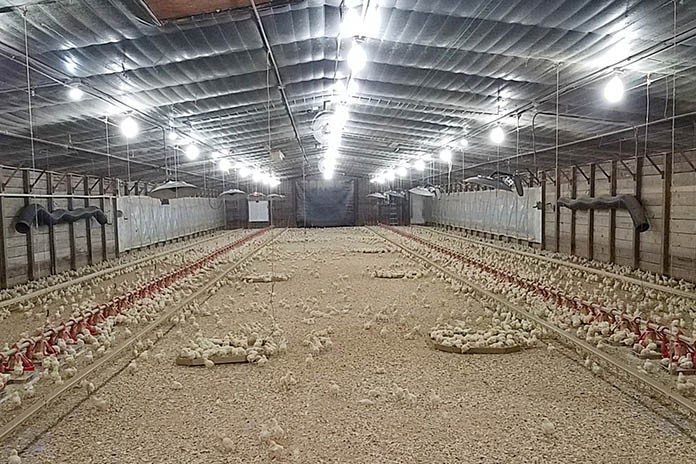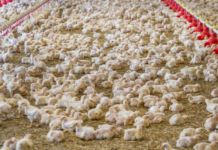
Currently, there is a move towards the use of digestible phosphorus (P) in diet formulations for poultry due to P excretion into the environment and increasing prices of inorganic phosphates.
High dietary calcium (Ca) concentrations are known to reduce P availability. Due to the close relationship between dietary Ca and P the measurement of digestible Ca content in feedstuffs may also be necessary. Meat and bone meal (MBM) is a major organic Ca source for poultry diets, but no published data are available for the digestible Ca content of MBM for poultry. This study aims at determining the Ca digestibility in three MBM samples, using the regression method.
The MBM samples (coded as MBM-1, MBM-2 and MBM-3) were obtained from commercial rendering plants and analysed for ash, Ca and P concentrations, particle size distribution and bone to soft tissue ratio. The Ca and P concentrations of MBM-1, MBM-2 and MBM-3 were determined to be 71, 118 and 114 g/kg, and 37, 60 and 59 g/kg, respectively. The corresponding geometric mean particle diameters (GMD) were 0.866, 0.622 and 0.875 mm, respectively. The bone to soft tissue ratios was 1:1.49, 1:0.98 and 1:0.92, respectively.
Four experimental diets, containing graded concentrations of Ca were formulated from each MBM sample with inclusion levels of 20, 40, 60 and 80 g/kg diet. All diets contained titanium dioxide (3 g/kg) as an indigestible marker. A total of 288 day-old male broilers (Ross 308) were raised on a commercial broiler diet from 1 to 27 days of age. Each experimental diet was then randomly allotted to four replicate cages (six birds per cage) and diets were offered from day 28 to 31 post-hatch. Digesta samples from the lower ileum were collected on day 31, processed and analysed for dry matter, Ca and marker. Apparent ileal digestibility of Ca was calculated by the indicator method and the linear regression analysis was used to determine the true Ca digestibility.The results showed that the apparent ileal Ca digestibility coefficient of the three MBM samples was unaffected (P>0.05) by increasing Ca concentrations. The average apparent Ca digestibility coefficients of MBM-1, MBM-2 and MBM-3 were determined to be 0.501, 0.436 and 0.453, respectively. A strong linear relationship (P<0.001) was observed between dietary Ca intake and digesta Ca output in all MBM samples, which is a prerequisite for application of regression method for the determination of true digestibility. The true ileal digestibility coefficients of Ca in MBM-1, MBM-2 and MBM-3 were determined to be 0.600, 0.463 and 0.497, respectively. Calcium digestibility of MBM-1 was higher (P<0.05) than MBM-2, but was similar (P>0.05) to MBM-3.
There was no difference ( >0.05) between the digestibility of MBM-2 and MBM-3. The observed variability in true Ca digestibility between the MBM samples may be explained, at least in part, by the differences in ash and Ca concentrations and bone to soft tissue ratios. Calcium in MBM is generally assumed to be highly available, but the present data suggest that this may not be the case. Future studies will evaluate the Ca digestibility in limestone, the major Ca source in poultry diets.
From the Australian Poultry Science Symposium

















